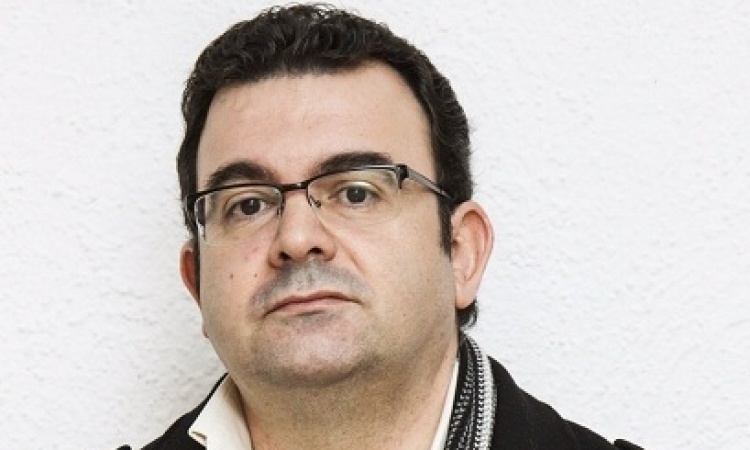IT warning!
A senior IT executive has warned hospitals of the need to create an effective healthcare disaster recovery strategy to protect the huge increases in digital information they are now generating. With a growth in electronic patient records and digital imagery, it is now estimated that 30% of the world’s digital storage is found in healthcare.

Yet the key challenge for healthcare IT teams in hospitals is over the capacity of their current infrastructures, which were not designed to accommodate the huge increases in digital information.
Consequently, many systems are under tremendous strain and a significant number of hospitals do not have an effective disaster recovery strategy.
Tony Cotterill, chief executive officer of healthcare storage virtualization company BridgeHead Software, said that in a recent survey many hospitals pointed to disaster recovery in terms of electronically stored data as top of their agendas.
But he added: “What we have found out in the marketplace is that a remarkable number of hospitals – the majority – do not have an established and tested disaster recovery strategy in place.”
Mr Cotterill, one of the speakers at the e-Health Insider Live 2010 conference in Birmingham, England, outlined the need for hospitals and healthcare organisations to create a robust back-up and recovery strategy.
“Some of the reasons hospitals are not achieving having a tested disaster recovery strategy in place is because of the sheer amount of data they have,” he said.
The term ‘disaster’ is wide-reaching in this context – not just when a major centre is knocked out by natural events such as floods or hurricanes – but day-to-day data loss such as accidentally erasing files or accidental corruption of files.
His company BridgeHead offers a “scalable, future-proof platform to overcome rising data volumes and increasing storage costs” but also offer access, availability and protection of critical electronic patient data with more information being digitised, along with a key disaster recovery component.
Mr Cotterill said that in the event of a disaster, a hospital still needs to be able to run its IT systems, not only in an administrative capacity but in patient diagnosis and operations, to maintain continuity of patient care.
More than 1,000 hospitals worldwide use BridgeHead Software for backup, recovery and archiving. The company was able to help hospitals that saw their IT systems affected by the events triggered by Hurricane Katrina in 2005 in New Orleans.
Other hospitals using the system include Rotherham NHS Foundation Trust in Yorkshire, England, which has recently awarded a contract to BridgeHead Software to provide data and storage management as part of its wider project to implement an electronic patient record system. The BridgeHead package for Rotherham embraces a disaster recovery system.
With the speed at which data is growing, backing up data to disk is no longer a viable option for hospitals and compressing medical images is not appropriate either.
A more effective approach, said Mr Cotterill, is to move data off main storage on to secondary storage under management of a repository or archive where it can be fully protected in terms of encryption and authentication and made available back to the hospital for re-use either as primary use or secondary use for research.
With a significant reduction in the volume of data on a hospital system, this enables a more efficient and effective Healthcare Disaster Recovery strategy for a hospital.
BridgeHead’s healthcare storage virtualization solutions are designed to operate with any hospital’s existing software applications and storage hardware, regardless of vendor.
However, Mr Cotterill remains concerned that hospitals are not doing enough to protect their data.
“The majority of hospitals still have work to do in this area,” he added. “On a scale of 1-10 most of them are in the region of 4-6.”
18.11.2010











